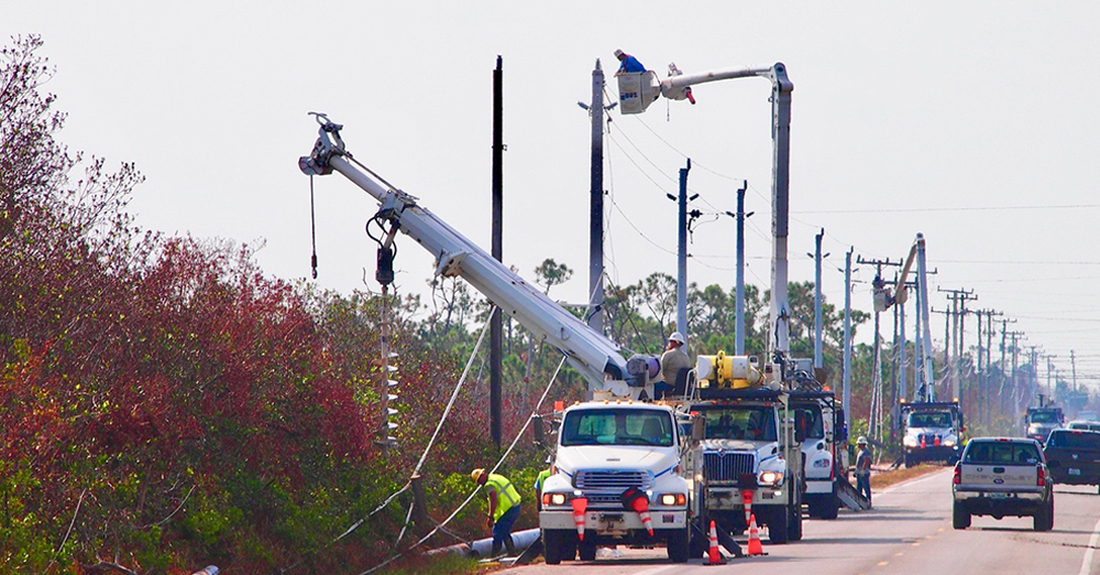
Utility poles form the backbone of our modern infrastructure, playing a pivotal role in ensuring a steady supply of electricity, internet, and telecommunication services. However, like all structures, these poles can be prone to wear and tear, damage from environmental factors, and aging, all of which can compromise their functionality. Recognizing the four signs it’s time to replace your utility poles will help you maintain reliable services and enhance community safety.
Visible Decay or Damage
Wooden utility poles can be susceptible to decay and damage from insects and woodpeckers. Keep an eye out for excessive dryness or insects feeding on the wood or making the pole their home. These problems can compromise the structural integrity of the pole.
If any of these signs appear, it means the pole requires attention and possibly replacement. Utility pole companies may replace wooden poles with a more durable material, like ductile iron poles that can be resistant to rot and pests.
The Pole Is Leaning Excessively, Posing a Potential Hazard
Leaning is another sign it’s time to replace your utility poles. A leaning pole has a risk of falling and potentially harming both people and property.
The following factors may cause poles to lean:
- Soil erosion
- Windstorms
- Improper installation
A utility company will usually perform an on-site inspection if someone reports a leaning pole to assess its stability and determine the best course of action. Depending on the severity of the lean, the company may decide to either straighten the pole, reinforce it, or replace it entirely to ensure safety and reliable services.
Intermittent Outages or Performance Issues
Intermittent outages can be irregular interruptions or degradation of utility services such as electricity, internet, or telephone. These issues can manifest as temporary power cuts, slow internet speeds, or poor call quality. They occur sporadically, not following a specific pattern, and can last for varying durations.
Performance issues may indicate a deteriorating utility pole, as compromised poles may not efficiently support the cables and equipment attached. Additionally, these issues could be a symptom of damaged or worn-out conductors, insufficient grounding, or hardware malfunction, which may be directly linked to the poor condition of the utility pole itself.
Excessive Age
Lastly, the typical lifespan of utility poles is an essential consideration when evaluating their stability and safety. As poles age, they become more susceptible to decay and other structural issues, which can lead to unexpected failures.
Regular inspections and maintenance maximize the lifespan of utility poles, but eventually, all poles require replacement. Ductile iron poles, on the other hand, benefit from enhanced longevity and lower maintenance costs, making them a cost-effective investment in various environments.
Timely replacement of utility poles ensures a steady supply of electricity, internet, and telephone services. Recognizing the warning signs of pole decay or damage, leaning issues, performance disruptions, and age deterioration is critical to preventing utility failures. By opting for durable and longer-lasting materials like ductile iron for pole replacements, utility companies can significantly enhance service reliability.

